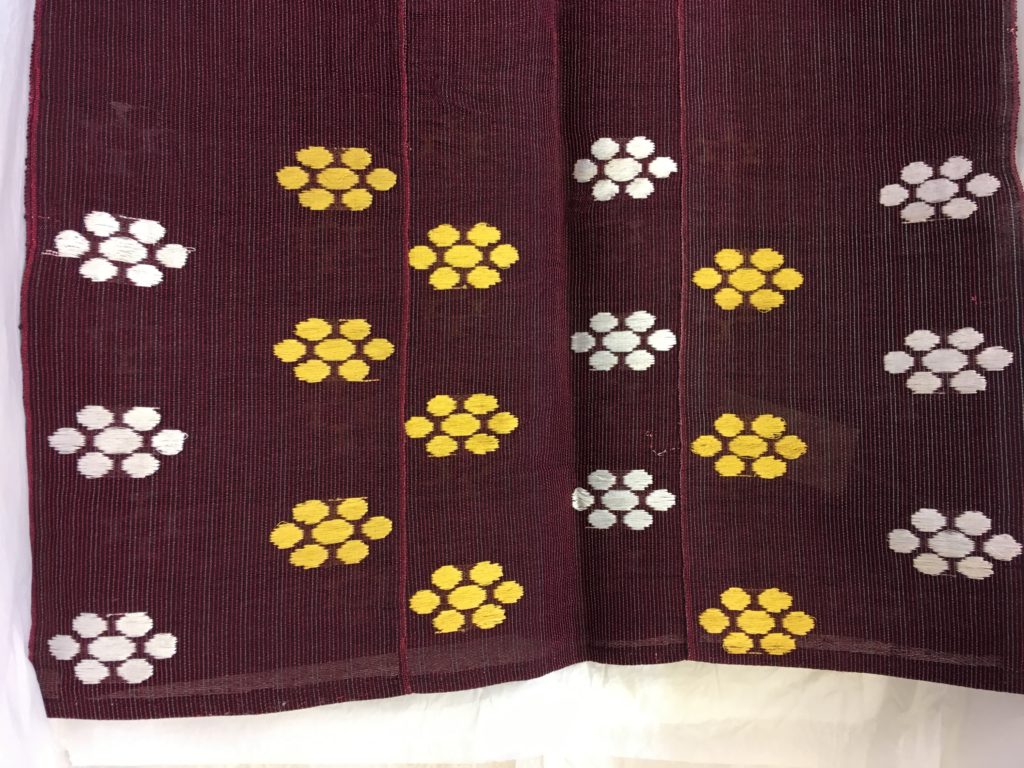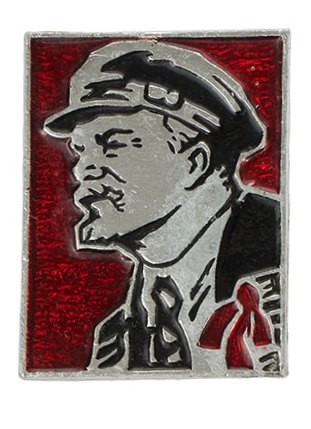Where possible, Brighton Museum sought to collect ‘complete’ outfits as part of the Fashioning Africa project. In contrast to a single garment or textile, outfits document how things were worn and by whom, providing insight into how identities are constructed in complex ways through garments, hairstyles, footwear, make-up, jewellery and other accessories.
Collected accessories include versions of the distinctive headwrap (gele) worn at special occasions by Yoruba women, as well as examples of coral and agate jewellery worn by the same. Many of the contemporary looks put together by designers and stylists for the exhibition Fashion Cities Africa included jewellery, bags and footwear. A styled outfit by Sunny Dolat of the Nairobi-based Nest Collective, for example, includes accessories designed by some of the city’s most prominent creatives: a pendant by Katungulu Mwendwa, geode and brass/leather cuffs by Ami Doshi Shah and clutch bag by Adele Dejak. In contrast, items acquired from former ZIPRA fighter Charles Makhuya, which include pin badges and pamphlets, reveal the political ideologies which motivated his military career.
The enduring popularity of beadwork in southern Africa is represented by several classic-style necklaces and an isicholo hat from the 2000s. Studio portraits taken in the 1970s by Bobson Sukhdeo Mohanlall and S J ‘Kitty’ Moodley demonstrate the cultural significance of beadwork at that time. Earlier examples of beadwork include glass bead necklaces from Nigeria in the 1950s: these would be worn with aso-oke and adire outfits. The museum also acquired a set of posters in Ghana documenting different women’s hairstyles.
Object photographs courtesy of John Reynolds


